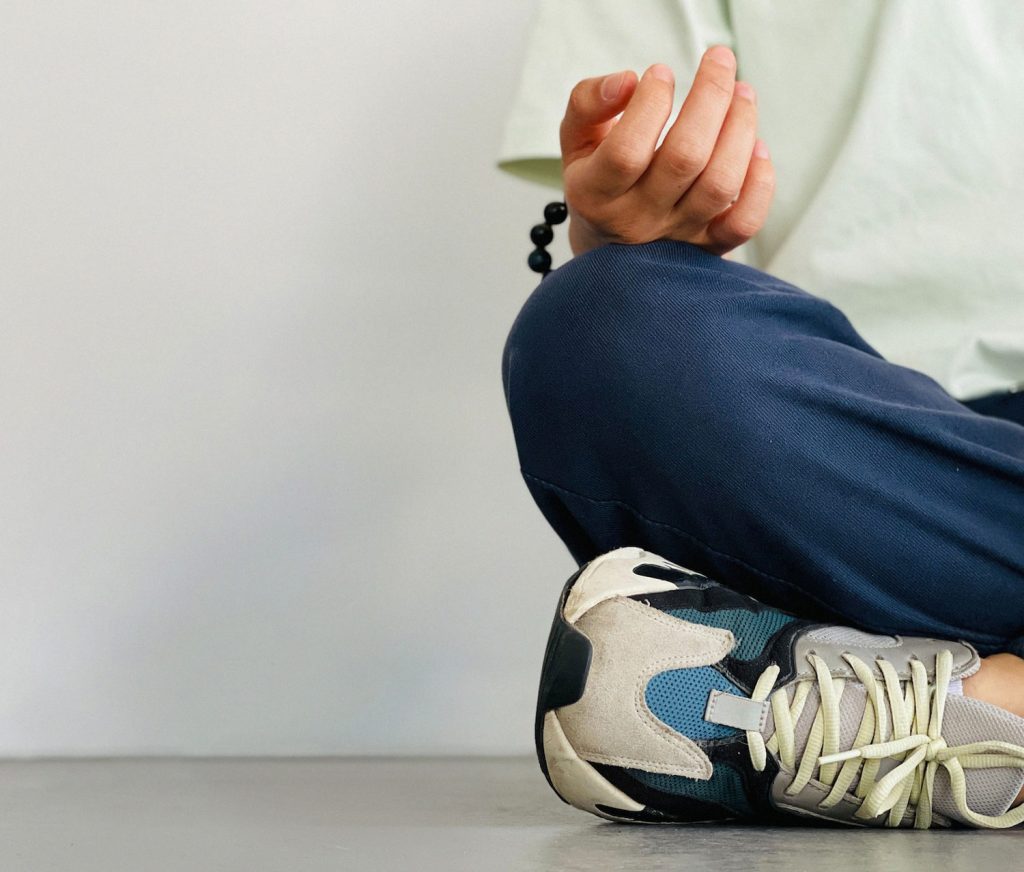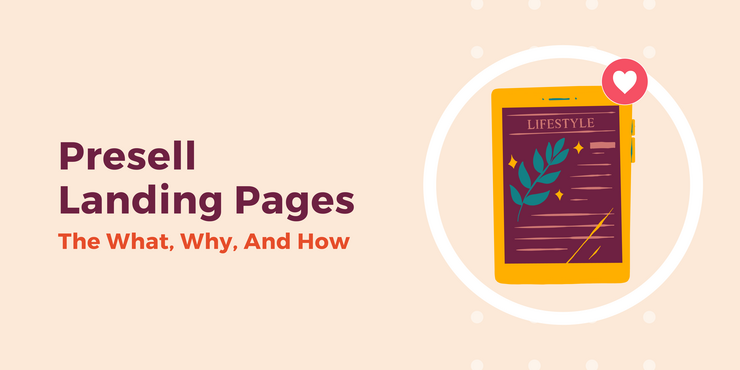5 Meditation Tips for Beginners
Advice from various Buddhist teachers to guide you in your practice The post 5 Meditation Tips for Beginners appeared first on Tricycle: The Buddhist Review.

Advice from various Buddhist teachers to guide you in your practice
By Tricycle Sep 10, 2022 Photo by Muxing Ji
Photo by Muxing Ji “Am I doing this right?” If you’re new to meditation, you’ve probably asked yourself this question. Many beginners (and even experienced meditators!) struggle with distracting thoughts, sitting still for long durations, a lack of motivation, or just general confusion as to whether or not they’re doing it right. In reality, there’s no wrong way to meditate. When starting out, it can be helpful to remind yourself that meditation practice is exactly that—a practice—and the best way to overcome obstacles in your meditation is to continue practicing.
There are many different forms of meditation practice, the most common being mindfulness of the breath. Other practices include lovingkindness (metta), mantra, taking and receiving (tonglen), visualization, and zazen, or just sitting. What Buddhist meditation techniques have in common is their purpose to help us cultivate the mind, leading to clear awareness, equanimity, and wisdom. If you find yourself needing additional support in your practice, try seeking out a Buddhist teacher, joining a local sangha or meditation group, or forming a meditation group of your own.
Here are five helpful meditation tips for beginners, no matter what style of meditation you end up practicing, followed by a list of additional resources and guided meditations.
Allow Your Meditation Goals to Drop Away
“If you’re sitting in meditation to get something—whether it’s peace, tranquility, low blood pressure, concentration, psychic powers, meaningfulness, or even enlightenment—you’re not here. You’re off in a world of your own mental fabrication, a world of distraction, daydreaming, confusion, and preoccupation. It’s anything but meditation.
It’s probably true, for the most part, that certain health benefits can be found through meditation. But if you’re doing this for that—for some reason, purpose, end, or goal—then you are not actually doing this. You’re distracted and divided.
Meditation is just to be here. This can mean doing the dishes, writing a letter, driving a car, or having a conversation—if we’re fully engaged in this activity of the moment, there is no plotting or scheming or ulterior purpose. This full engagement is meditation. It doesn’t mean anything but itself.”
—Steve Hagan, “Looking for Meaning”
Stay Flexible Within Your Structure
“Maybe the first rule we should begin with, if we want meditation to be in our life for a long time, is: Don’t make a rigid structure and then chastise ourselves when we don’t live up to it. Better to keep a limber mind and develop a tenderness toward existence. We missed a day? We’ll begin again the next day. There’s no race. Where are we going anyway but right where we are?
But I also want to encourage having a structure. Perhaps this is the second rule: Structure is a good thing. It’s easier to return to something solid than to an amorphous intention. So let’s begin with that five minutes—that time structure—and even clarify it more: When will I sit those five minutes? First thing in the morning? Right before I go to sleep? When the clock says noon, no matter where or what I’m doing? If a time is picked, it sturdies the practice.”
—Natalie Goldberg, “Rules for a Long-Term Relationship”
Find a Comfortable Posture
Before you begin, review your posture and get comfortable. Here’s a checklist:
Adjust any supports you use to help you sit comfortably. Your head, neck, and back should be aligned, leaning neither forward nor backward, nor to the side. Your shoulders should be even and your hands level with each other so your muscles are balanced. Your lips should be closed, your teeth slightly apart, and your tongue against the roof of your mouth, with the tip against the back of your upper teeth. Start with your eyes closed and angled slightly downward, as though you were reading a book. This creates the least tension in your forehead and face. If you prefer, leave your eyes slightly open, with your gaze directed at the floor in front of you. Your eyes will move during meditation, but when you notice they’ve shifted, return them to where they were. With your lips closed, breathe through your nose in a natural way. It shouldn’t feel controlled or forced. Relax and enjoy yourself. Scan your body for any tension and let it go. All the activity of meditation is in the mind, so the body should be like a lump of soft clay—solid and stable, but completely pliant. This helps keep physical distractions to a minimum.—Pema Chödrön, “Nothing to (Im)prove”
Allow Thoughts to Come and Go
“When you are practicing zazen meditation do not try to stop your thinking. Let it stop by itself. If something comes into your mind, let it come in and let it go out. It will not stay long. When you try to stop your thinking, it means you are bothered by it. Do not be bothered by anything. It appears that the something comes from outside your mind, but actually it is only the waves of your mind and if you are not bothered by the waves, gradually they will become calmer and calmer. In five or at most ten minutes, your mind will be completely serene and calm. At that time your breathing will become quite slow, while your pulse will become a little faster.
It will take quite a long time before you find your calm, serene mind in your practice. Many sensations come, many thoughts or images arise but they are just waves from your own mind. Nothing comes from outside your mind. . . If you leave your mind as it is, it will become calm. This mind is called big mind.”
—Suzuki Roshi, “Small Mind, Big Mind”
Sit with All Experiences
“Some of us sit only when our lives are going well. When difficulties arise, we stop our practice rather than sit with disturbing emotions such as anxiety and anger. Others sit only when facing a big challenge, hoping that sitting will help us get through it. Being aware of these tendencies is part of what we face in sustaining a regular practice.
What hinders and intimidates beginners especially are experiences such as restlessness, sleepiness, and boredom. If we view these energies as part of the practice itself instead of what we need to get rid of in order to meditate, our sittings will be smoother and we will develop the inner strength to be able to be with all experiences with greater equanimity.”
—Narayan Helen Liebenson, “The Refuge of Sitting”
♦
More resources for beginners:
Buddhism for BeginnersThe Best Buddhist Books for Beginners For the Moment: Free guided audio practices from a variety of Buddhist teachers
Articles with guided meditations:
“Breathing” — Joseph Goldstein provides instruction on vipassana meditation using the breath as an object. “Being in Body Time” — Willa Blythe Baker offers a practice for cultivating awareness of the present moment by paying attention to the body. “A Guided Practice for Cultivating Attention” — Sharon Salzberg shares a body scan meditation practice for cultivating attention and returning to a state of mindfulness. “The Shamatha of Survival” — Lama Rod Owens gives instruction in shamatha meditation, and discusses the role mindfulness played for him as a means of survival in a world of harmful projections. “Walk Like a Buddha” — Thich Nhat Hanh teaches how to bring mindfulness and peace into everyday life with a walking meditation.![]()
Thank you for subscribing to Tricycle! As a nonprofit, we depend on readers like you to keep Buddhist teachings and practices widely available.
This article is only for Subscribers!
Subscribe now to read this article and get immediate access to everything else.
Already a subscriber? Log in.

 ValVades
ValVades 
































